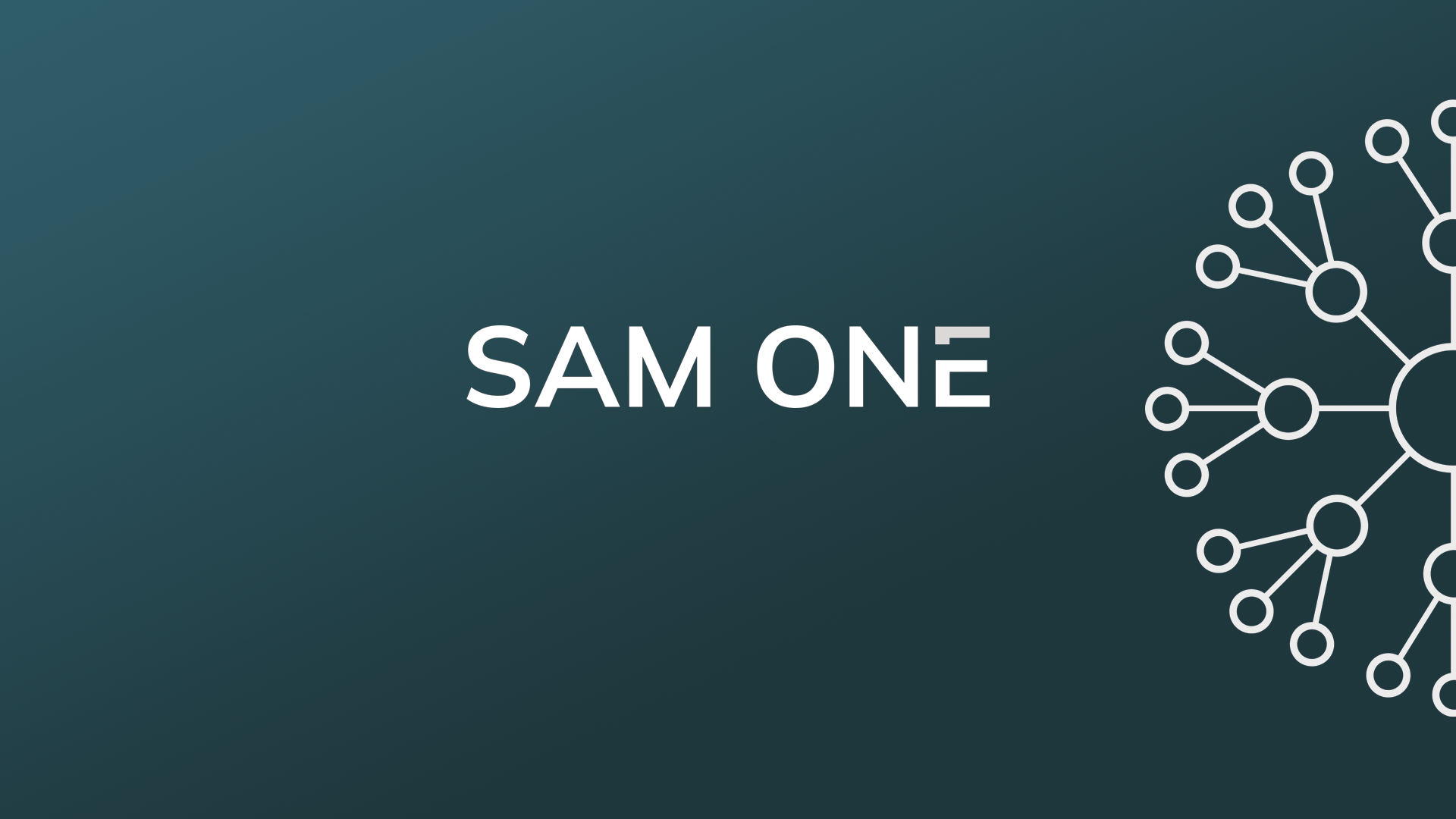
2023-05-15
What is Software Asset Management?
Software Asset Managers – SAM
That IT is a necessary part of business today is so obvious that it can almost go unsaid. Applications, systems and connections are required for sales, marketing, finance, HR, production departments and more to be able to work unhindered. Nowadays, the right to use applications and platforms is usually purchased on a subscription basis, where the bought app is then used on the company's devices. With many different suppliers, license quantities and device types, it quickly becomes difficult to know what is being used, and perhaps even to know what has even been purchased. That's where Software Asset Managers come in.
Software Asset Management, or SAM for short, is the strategic work and the technical tools that help review and optimize software and software license costs. There are many different types of SAM tools with varying degrees of functionality. However, what many SAM tools have in common is that they can directly or indirectly control, analyze and manage the applications on the company's devices.
HAM, ITAM, SAM, DAM?
There is a wide range of Asset Management concepts. Asset Management is perhaps the most overarching concept, referring to the protection of assets. It refers not only to physical or digital assets, but also to financial assets. Asset management therefore has strong links to strategic work and policy setting, partly because the organization needs effective procedures as well as legal and contractual compliance.
Related to Software Asset Management (SAM) are for example IT Asset Management (ITAM), Digital Asset Management (DAM) and Hardware Asset Management (HAM). It's somewhat open as to exactly what the different concepts mean; some argue that ITAM is synonymous with SAM, others that ITAM is broader. HAM can be argued to be distinct from SAM, but in practice they are clearly related. Quite simply, the concepts can be found to be related and refer to similar and/or overlapping areas. The categorizations are rarely helpful in a very wide context as there is no generally adopted consensus on how they differ.
The background to Software Asset Managers
The background of SAM goes back to the 1980s, when it became more common for organizations to use multiple systems and the complexity of the IT environment increased significantly. Because of this, a need arose to keep track of purchases and expenditures in order for the organization to monitor costs related to the systems and devices.
In 1989, the British Central Computer and Telecommunications Agency (CCTA) released a collection of documents listing recommendations and best IT practices. The collective name of the document library was the Information Technology Infrastructure Library, then also known as ITIL. ITIL was one of the first attempts to encourage a systematic overview of IT use and assets. Today, ITIL is a trademarked term owned by PeopleCert. The fourth and latest edition of ITIL was published in 2019.
How do Software Asset Management tools work?
Agents
SAM products require access to the company's devices in order to analyze what is installed. This access is usually achieved via installed software - an agent - that is installed on each of the monitored devices. Without the agent, the device cannot be analyzed.
The agent can retrieve as much information as it is designed to do, including device and system information, installed applications, device usage including running applications and their management, etc. In practice, everything on the device and all connections to and from the device can be monitored by the agent.
The main advantage of using agents is that very thorough and detailed information can be extracted. The biggest problem, however, is the time-consuming and extensive work involved in getting the agents active on all devices. It often requires some manual intervention to set up the agent correctly. Combine that with new hires for different departments in a multinational company, and the gargantuan nature of this task for a central IT department quickly becomes apparent.
Directory services
If a SAM product does not use installed agents to survey the organization's devices, there is one primary alternative, which is to collect already gathered information. One example is seen in how Microsoft offers the Mobile Device Management service Intune, which enables remote device management and security options. Intune synchronizes with the user directory – Active Directory or Azure Active Directory – and updates rights and permissions based on the user's service and role.
Since Intune is set up at installation to retrieve information from the devices, it is relatively easy to use Intune as the information source for a SAM product - in a way similar to an agent. In fact, SAM One uses this method to extract device information, which is why no installed agents are required. However, the organization needs to use Intune for SAM One to work.
What are the benefits of using SAM tools?
Control of licenses
From a license perspective, the benefits of SAM products are clear. Being able to directly see the entire purchased license pool and how many licenses have been assigned without having to switch between different portals and views makes it easier to get an overview. And that in turn increases the likelihood of understanding the whole picture, but also of acting on the information.
Most people use Microsoft licenses today. Whether it's a Microsoft 365 license, one of the Enterprise suite or something else. And given the amount and breadth of licenses, it's difficult to keep the purchases and usage accurate - especially when it comes to a larger organization with multiple departments.
Better support for audits
Audits, reviews, government/corporate controls, inspections - well, there are many names for them. However, hoping that audits won't show up is a gamble that can have costly consequences. Both suppliers and authorities can request audits to review contractual or legal compliance. When this happens, it is important for all information to be compiled.
Audits cannot be avoided, but it is possible to reduce the risk of consequences. By having ongoing checks on licenses and devices, the risk of fines or other unpleasant surprises can be controlled - and perhaps even eliminated.
Natural way to optimize the IT environment
Working on strategic control and oversight in an organization goes hand in hand with working on efficiency. Better insight means that actions are better informed and can be followed up in detail.
Seeing which applications exist in the organization makes it easier to know whether, for example, shadow IT is a problem or whether the established procedures are working properly. It will be easier to see which users pose risks, and it will also be clearer what measures can solve the problems.
Some practical questions that should be asked:
Is there a procedure for which software to use within the organization?
Is there a process for which application version(s) to use? How and when should users update to newer versions?
What is the process for approving new applications or tools within the organization?
Clarify which costs can be reduced
With the insight from SAM tools, for example, the organization's processes and assets become clear. And especially when it comes to licenses, there can be great opportunities to save money.
The number of licenses that an organization buys to use a platform or software usually corresponds to the number of people who will use it. But as time goes by, new users are added and others leave the organization. Some accounts remain, others are removed.
Being able to see the percentage of used licenses against the percentage of purchased licenses is simple and fast in theory, but in practice it requires multiple logins in rarely visited portals and unfamiliar views. Clearly presented figures make it clear what the utilization looks like, and whether there is a need to reduce the amount of licenses (and there is usually plenty of room to scale down or terminate licenses!).
SAM One helps
SAM One helps your organization to save money, to create better governance in your organization, that informed decisions can be made using relevant information. Contact us today, click the button to book an introductory meeting or to get a free demo of the product.
Sign up for our newsletter
Register your email address below to receive the latest information on SAM One.
Contact
Send us a message to:
Purchase SAM One.
Get answers to your questions.
Find out more about the benefits of SAM One.


